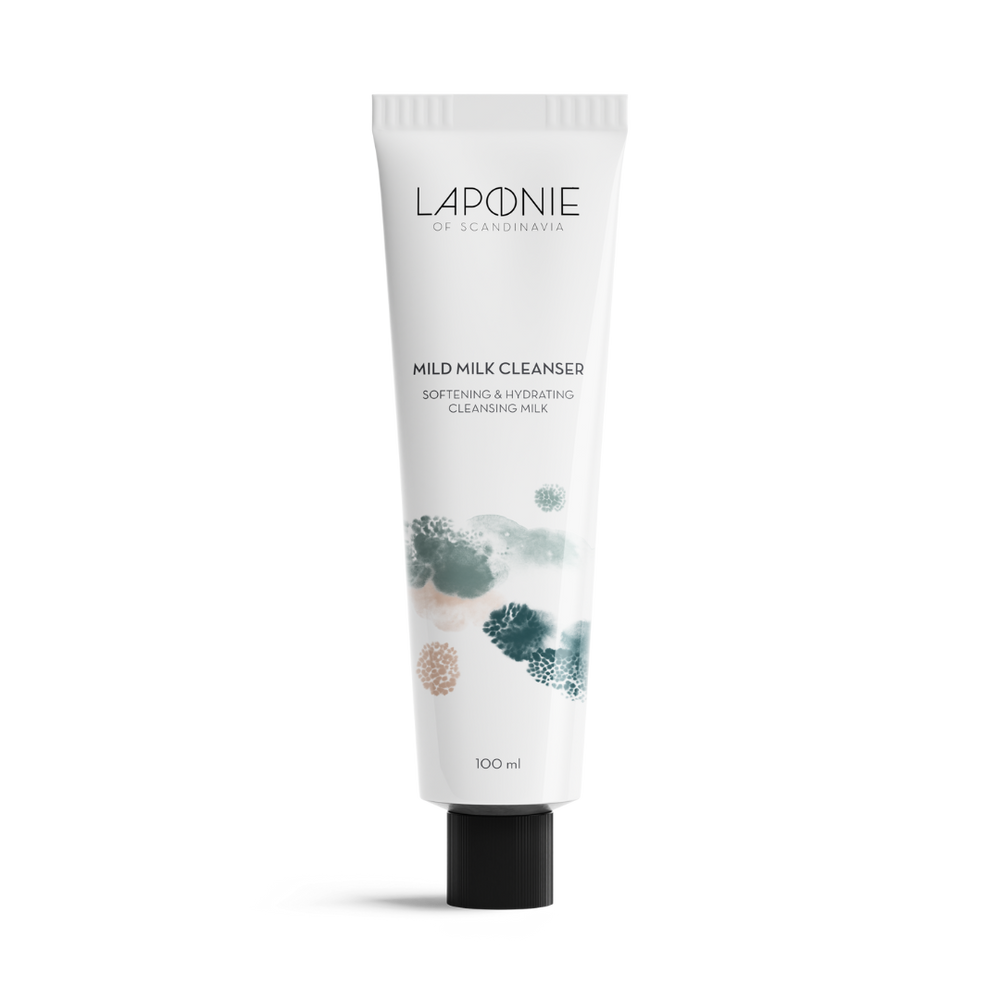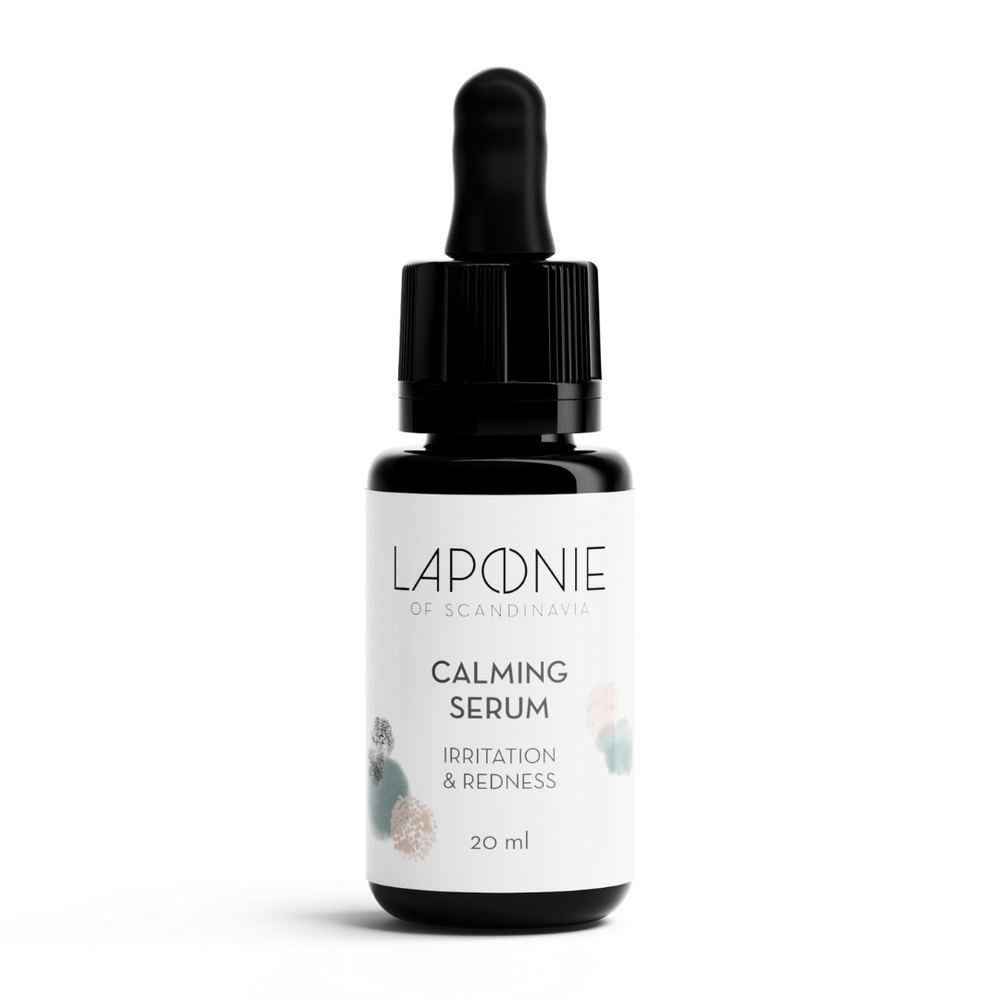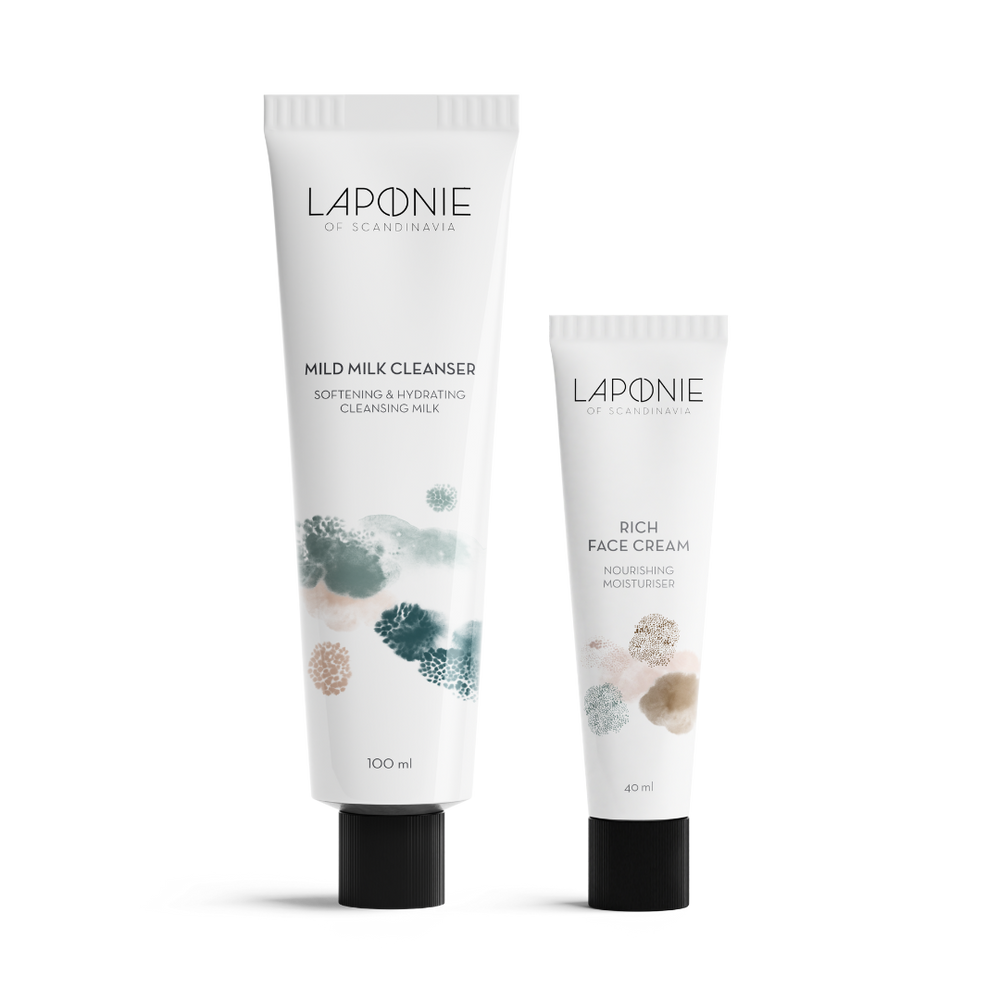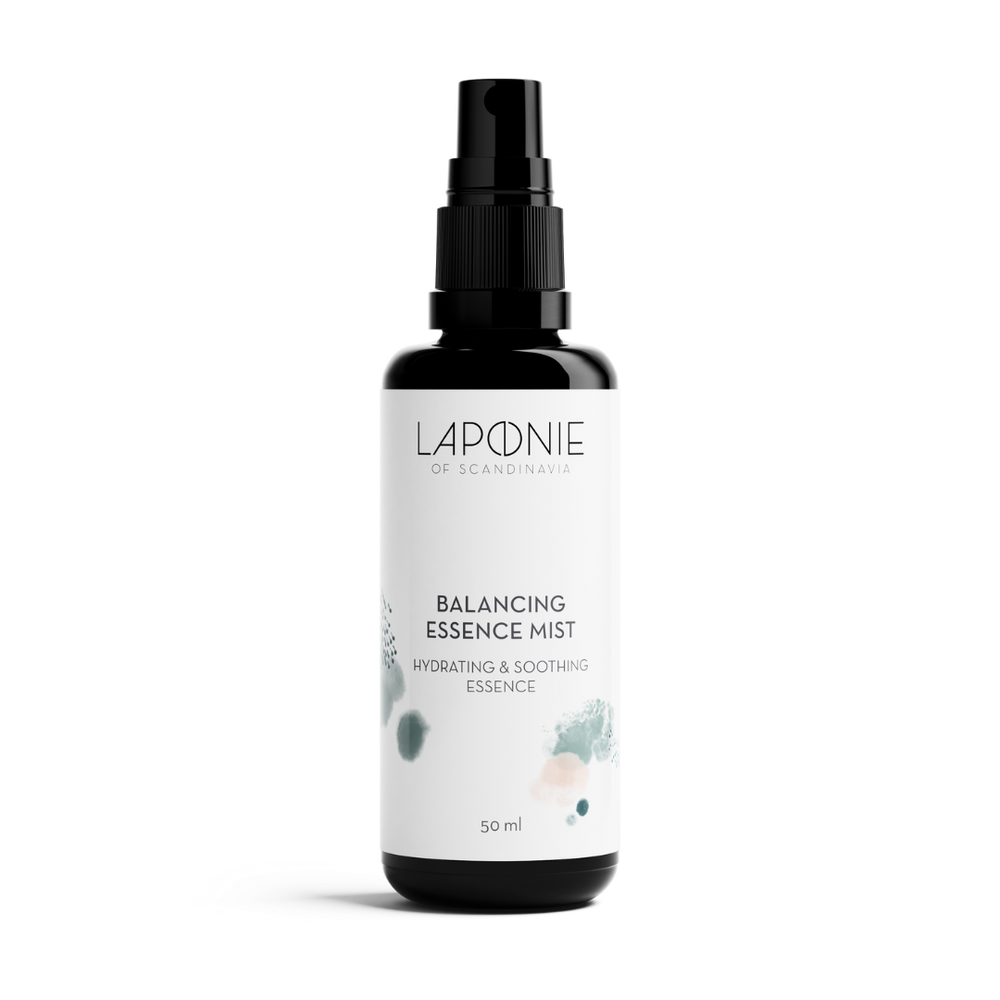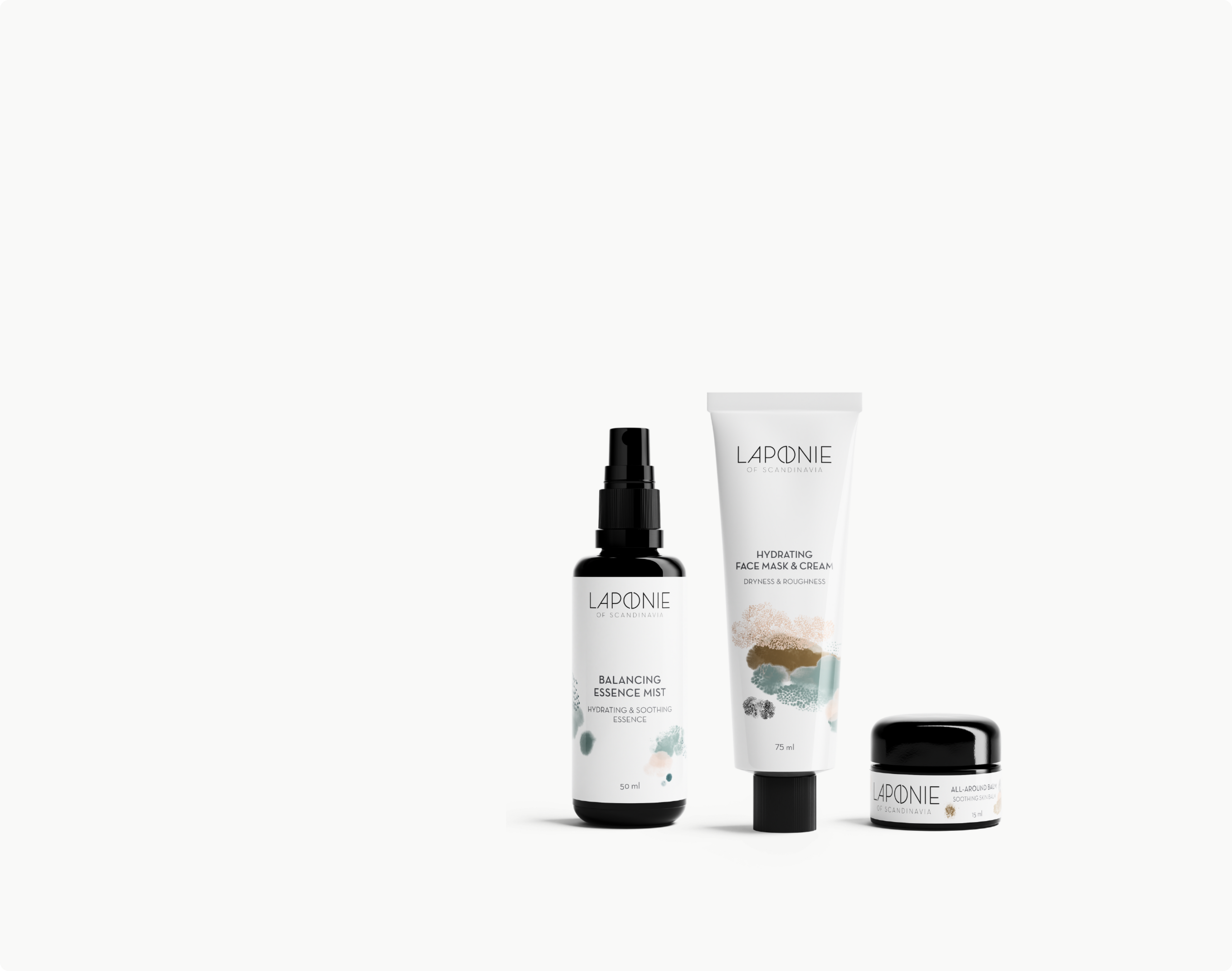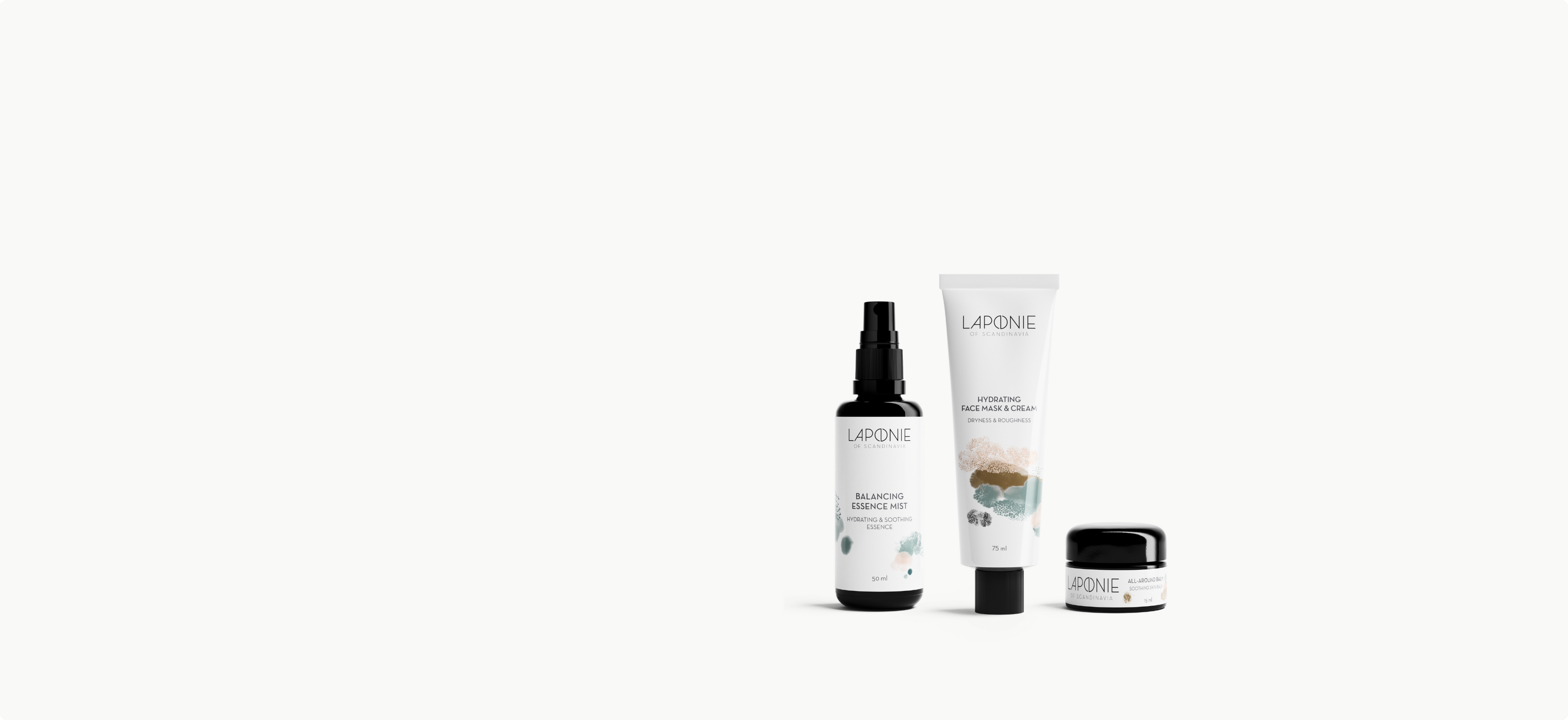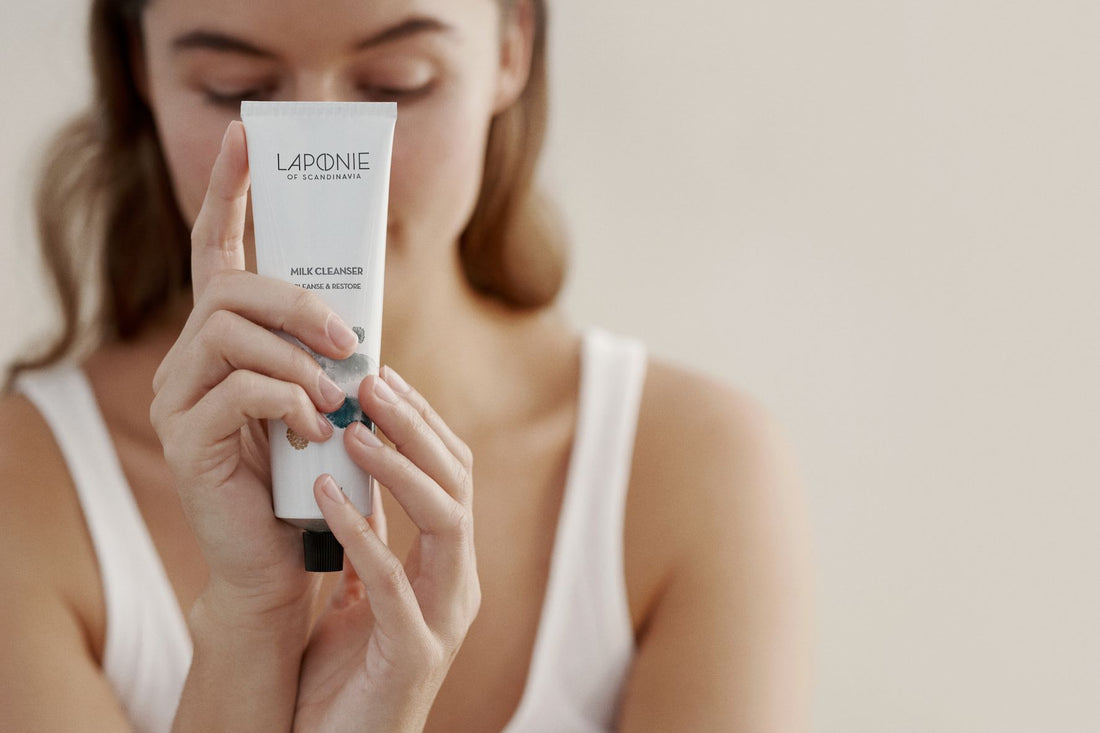
Deciphering ingredient lists on cosmetic products can be like reading a book in a foreign language: impossible to understand the plot, but you may recognise a word or two. Keep reading for our chemist Jaana's tips on how to read ingredient lists, also known as INCIs - or why you maybe shouldn’t even bother trying!
Why do we need to list product ingredients and what's this INCI thing?
By law, all cosmetic products on the market need to have the ingredients they contain listed in a way that complies with a little something called the International Nomenclature of Cosmetic Ingredients (abbreviated - you guessed it - INCI). This system exists in order to let the consumer know what's in a product. So now you know why we list ingredients and what an INCI is.
How do you read an INCI?
The ingredients are listed in the order of concentration. Mostly. Rule of thumb is that the first ingredient in the list is the one in the highest quantity, second is the second highest and so on. However, this only applies to the ingredients with a concentration of 1% or more. So the further down you get on the list, the more difficult it is to know the exact percentage, and the ingredient coming in last is not necessarily the one with the smallest concentration.
Spoiler alert: We list our ingredients according to percentage all the way. What you see is what you get.
Why should you read an INCI?
Mainly allergies. This is a no-brainer, but if you have any known ingredient allergies, memorise them so you can easily check if the product has those ingredients. Allergies are pretty much the sole reason INCI lists are printed on products. Similarly, if you have – through a process of elimination – found out your skin is sensitised to certain ingredients, INCI-lists are extremely useful.
What should you keep in mind when reading an INCI?
Formulation is the key. INCI lists are sort of like cake recipes without instructions. Two different bakers would produce a completely different kind of cake out of the same ingredients. This applies to skincare too, so that’s why just staring at INCI-lists may not be very fruitful. There’s simply no way of telling if the product would be effective or good for you by staring at the ingredients alone.
There are no inherently bad or 'unclean' ingredients. None of the ingredients used in cosmetics are bad, evil, toxic or nasty. EU’s legislation ensures that all cosmetic products are safe to use. Some ingredients, however, may have a higher chance of causing irritation to sensitive and problem skin, while for others they are perfectly fine to use. So, don’t disregard a product only because someone told you that alcohol dries out the skin or that fragrance is the devil. Once again, formulation is the key!
Most importantly, don’t stress and repeat after us: formulation is the key. This naturally poses the issue of “how can I tell if it’s formulated well?”. Well, you can’t. The only real way of knowing if a product suits your skin (again, apart from your personal known allergens and irritants) is to try it out and see for yourself.
If you have any questions about the content of Laponie products, drop us an email at customercare@laponieskincare.com. We also have all ingredients listed and explained on all individual product pages, and in our Skin Blog you'll find even more on our ingredients. We're sort of big on them.
There are no inherently bad or 'unclean' ingredients. None of the ingredients used in cosmetics are bad, evil, toxic or nasty. EU’s legislation ensures that all cosmetic products are safe to use. Some ingredients, however, may have a higher chance of causing irritation to sensitive and problem skin, while for others they are perfectly fine to use. So, don’t disregard a product only because someone told you that alcohol dries out the skin or that fragrance is the devil. Once again, formulation is the key!
Most importantly, don’t stress and repeat after us: formulation is the key. This naturally poses the issue of “how can I tell if it’s formulated well?”. Well, you can’t. The only real way of knowing if a product suits your skin (again, apart from your personal known allergens and irritants) is to try it out and see for yourself.
If you have any questions about the content of Laponie products, drop us an email at customercare@laponieskincare.com. We also have all ingredients listed and explained on all individual product pages, and in our Skin Blog you'll find even more on our ingredients. We're sort of big on them.


